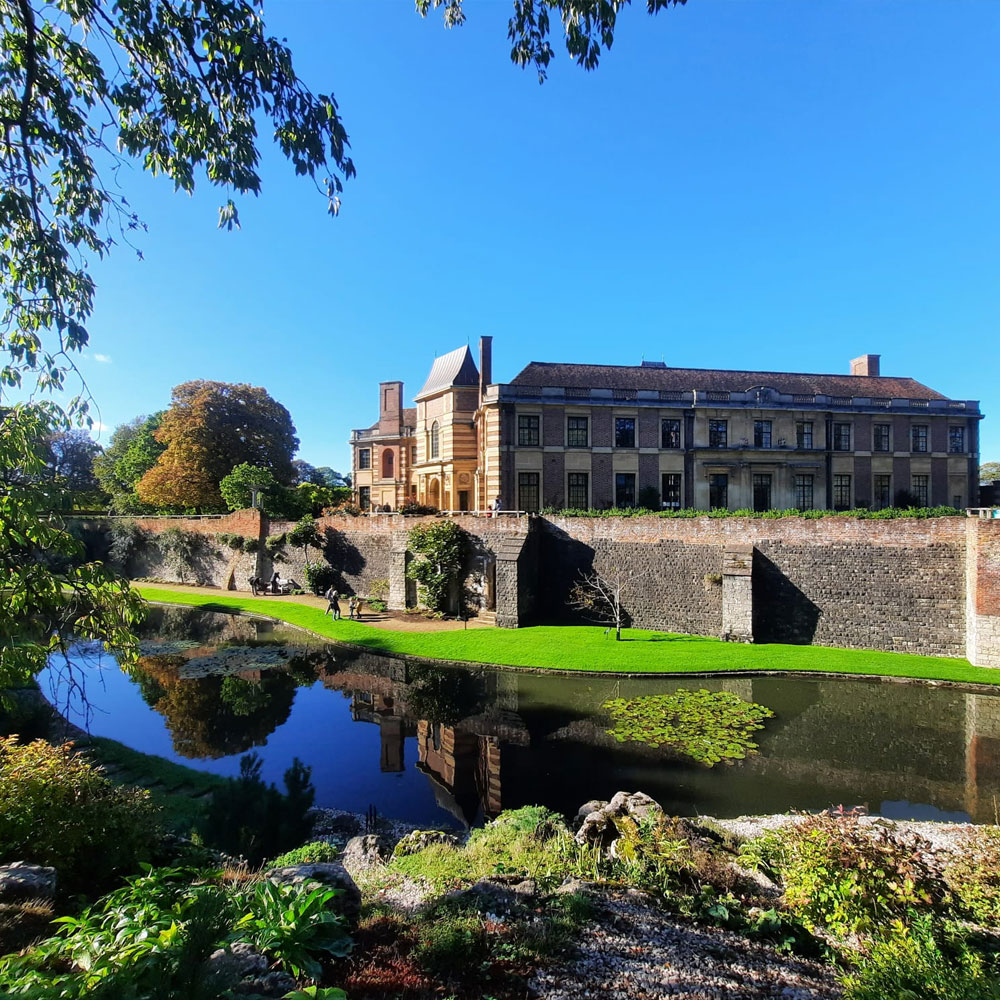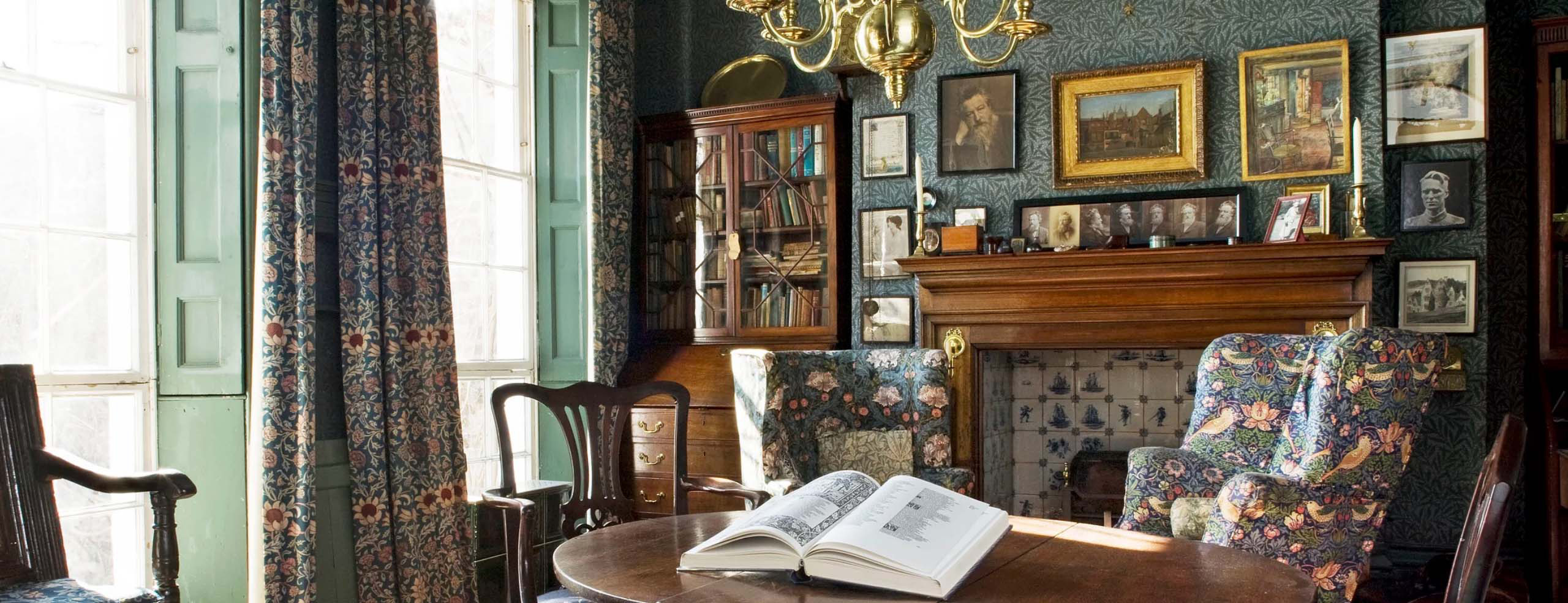
Homes, Furnishings, Textiles
Some of my most beloved memories of London have taken place in strange, intimate museums among passionate docents. The narrow, specific focus of a smaller museum can place demands on your sensibility and openness. It is not always easy to find your way ‘in’ – especially in those seemingly without a plan or purpose. If bored or confused, try to find beauty in the moment.
Most museums in London are free, though special exhibitions are sometimes an additional fee. If the museum requires an admission fee, check to see if you are eligible for a student rate – called a concession. Many museums offer free tours. Always check on closures. Check the opening times – many museums have weekly late nights!
NORTH LONDON
Freud Museum
MAP | NORTH LONDON, HAMPSTEAD
The Freud Museum in London is a museum dedicated to Sigmund Freud, the founder of psychoanalysis.
In 1938, after escaping Nazi annexation of Austria, Freud moved to London where Freud lived with his family during the last year of his life.
Open Daily (Summer Only), 10:30am–5pm, FREE
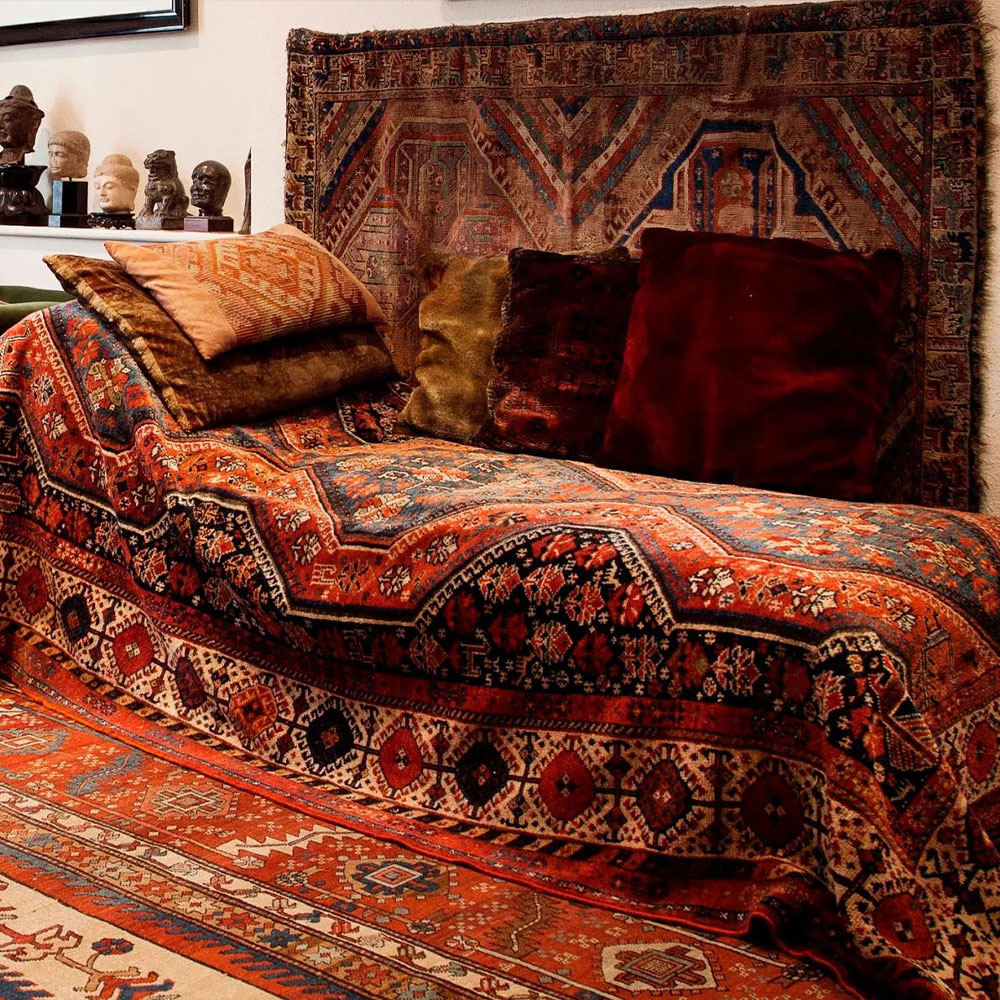
WEST LONDON
Emory Walker Museum
MAP | WEST LONDON, HAMMERSMITH
When visitors step through the door at No 7 Hammersmith Terrace they are immediately struck by how much the house feels like a home. It is this homely feel and quirkiness that people appreciate and which distinguishes it from other Arts & Crafts house museums, where curators have often edited a family’s collection of furniture and brought in Arts & Crafts items.
There are masses of marvelous Morris & Co textiles and wallpapers and furniture and other items designed by Philip Webb, but these mingle with 17th and 18th-century English furniture, Middle-Eastern rugs, and Chinese and Moroccan ceramics. Exactly how Arts & Crafts protagonists would have decorated their homes.
Open for Tours: Thurs & Sat 11am, 1pm (& in July 3pm) BOOK TICKETS
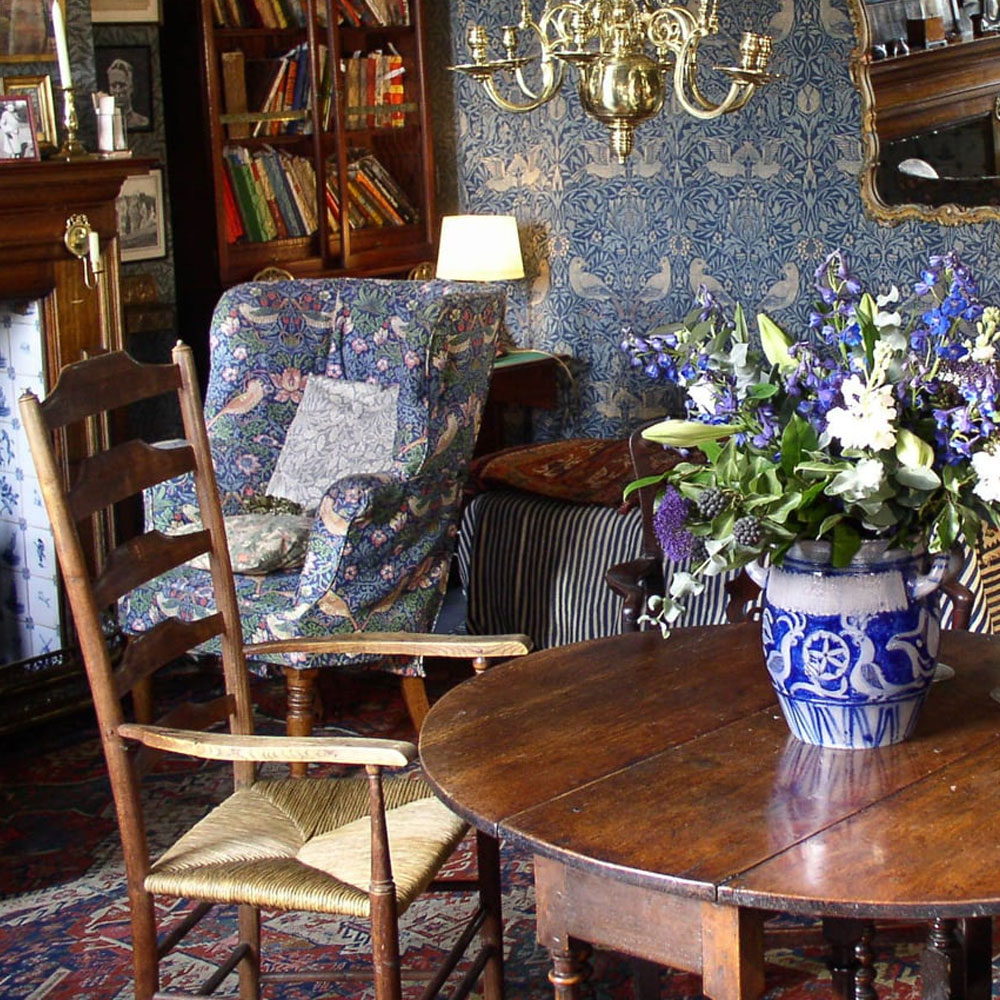
Leighton House Museum
MAP | WEST LONDON, HOLLAND PARK
One of my absolute favorites! The Leighton House Museum is an art museum and historic house in the Holland Park area in west London.
The building was the London home of painter Frederic Leighton, 1st Baron Leighton (1830–1896), who commissioned the architect and designer George Aitchison to build him a combined home and studio noted for its incorporation of tiles and other elements purchased in the Near East to build a magnificent Qa’a (room).
Open Wed-Mon, 10am–5:30pm (last entry 4:30pm), ADMISSION FEE
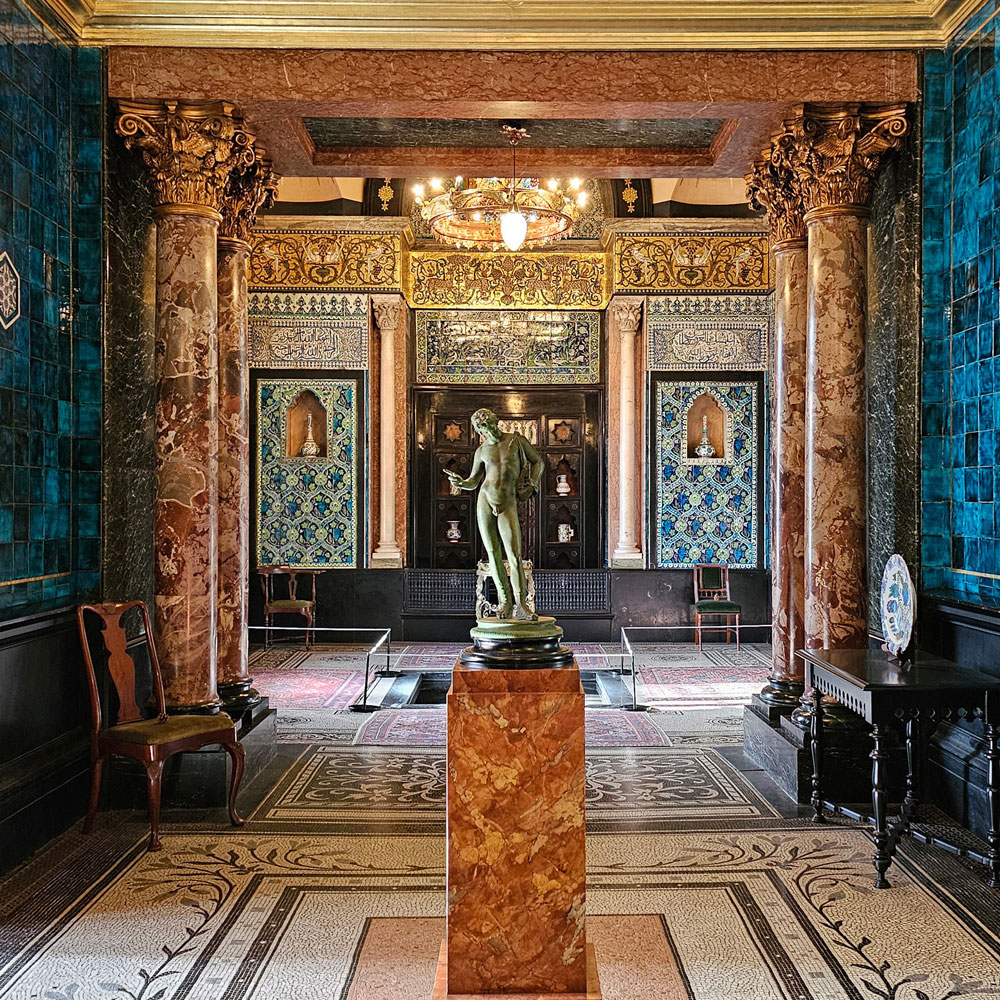
18 Stafford Terrace, Linley Sambourne House
MAP | WEST LONDON, KENSINGTON
Sambourne House is a wonderful time capsule of a museum, revealing much about how Victorians lived with Aesthetic interiors. The home of the Punch illustrator Edward Linley Sambourne (1844–1910), the museum gives insight into upper-middle-class family life in the later Victorian/Edwardian period.
Aesthetic influences can still be seen permeating throughout the house, from decorative Sunflower motifs in the stained glass windows, to the fine selection of William Morris wallpapers that hang within the rooms, through to the displayed collection of blue-and-white Chinese import porcelain.
Open Wed-Mon, 10am–5:30pm (last entry 4:30pm), ADMISSION FEE

Thomas Carlyle’s House
MAP | WEST LONDON, CHELSEA
The Victorian era is littered with ‘Great’ men and Carlyle certainly classed himself among them. Despite being a ‘most brilliant and interesting woman’, his wife Jane was relegated to housewife duties. Her role in life was to free Carlyle from such petty concerns and enable him to devote his time to writing.
Their marriage was probably unconsummated. Carlyle was incapable of providing physical affection to his wife, though nonetheless capable of providing for other women. The history of the house is inextricably linked to their unhappy marriage, borne out by the fact that they hired 33 servants in 32 years. No one wanted to live with them.
Open Wednesdays only, 11am-4:30pm, ADMISSION FEE
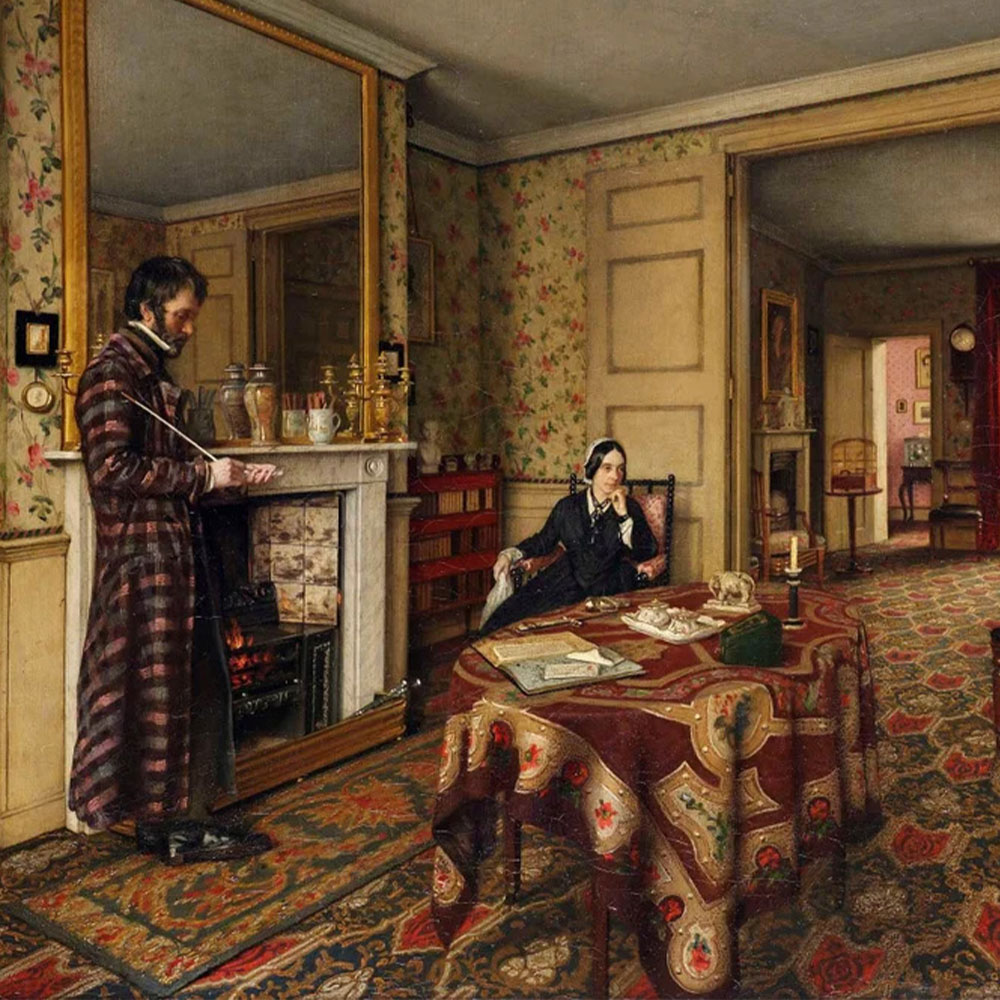
Handel & Hendrix Museum
MAP | WEST LONDON, MAYFAIR
Somehow this works… Handel Hendrix House cares for and presents to the public the homes of two of the greatest musicians ever to have lived in London. George Frederic Handel lived at 25 Brook Street from 1723 until his death in 1759. In 1968, Jimi Hendrix moved into an adjoining flat at number 23.
These buildings are an evolving celebration of Handel and Hendrix’s lives, sharing their music, their stories and our collections as a source of learning, enjoyment and inspiration for all.
Open Wed-Sun, 10am–5pm (last entry 4pm), ADMISSION FEE
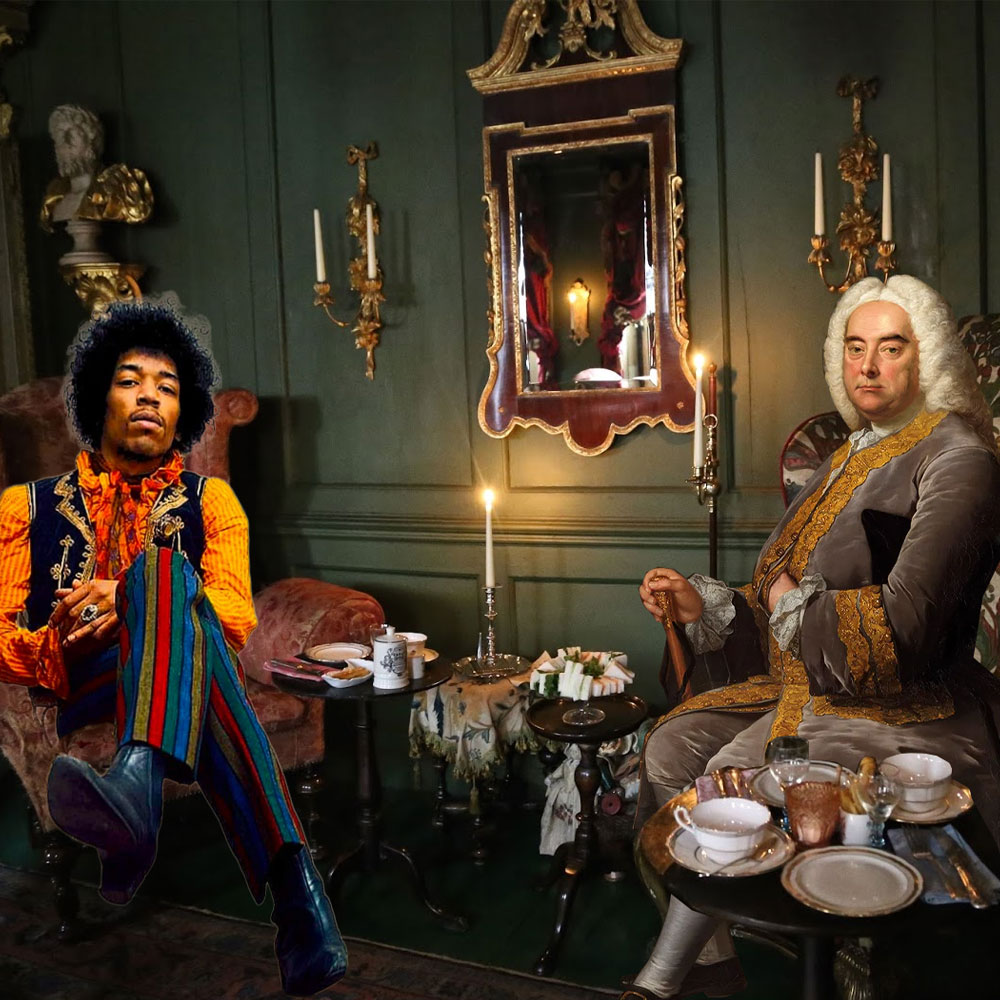
Spencer House, 1756-66
MAP | WEST LONDON, ST JAMES
Architects: John Vardy, James ‘Athenian’ Stuart
Spencer House is a rare survivor of the great aristocratic palaces that once adorned London. Built in 1756-66 for the First Lord and Lady Spencer in a prime location overlooking Green Park, the house immediately became an important architectural landmark whilst the spectacular suite of State Rooms has played host to the social, political and cultural elite of each generation.
Open; Sundays only, ADMISSION FEE
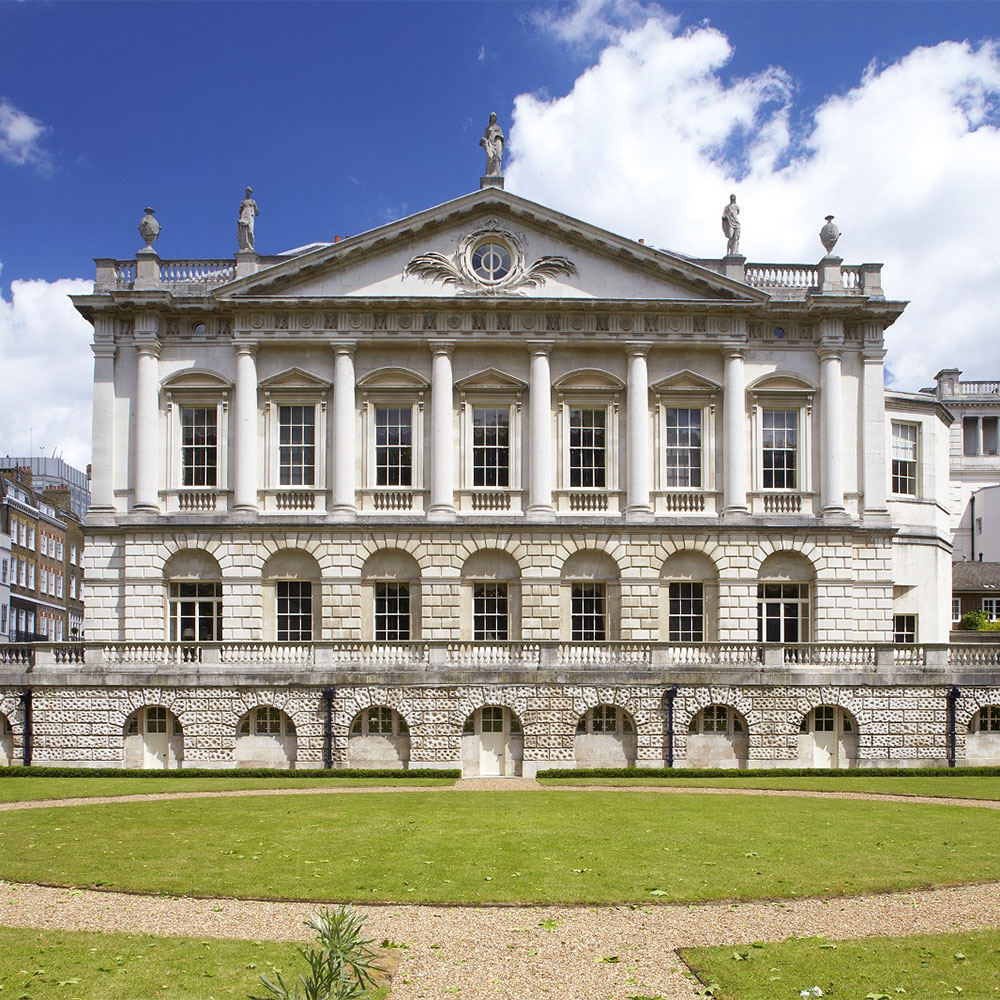
CENTRAL LONDON
Charles Dickens Museum
MAP | CENTRAL LONDON, BLOOMSBURY
Step back in time and walk the halls in the footsteps of Charles Dickens. See where he wrote, where he dined and where he entertained his many guests with lively readings and performances. The cracks were not yet apparent in his ultimately miserable marriage to Catherine, so this was the home of happy young family.
From the basement kitchen and washhouse to the top floor servant’s bedroom, there are over 100,000 personal items relating to Dickens housed here. The rare books, paintings, photographs and personal objects on display here give a unique insight into his life and work.
Open Wed-Sun, 10am–5pm (last entry 4pm), ADMISSION FEE
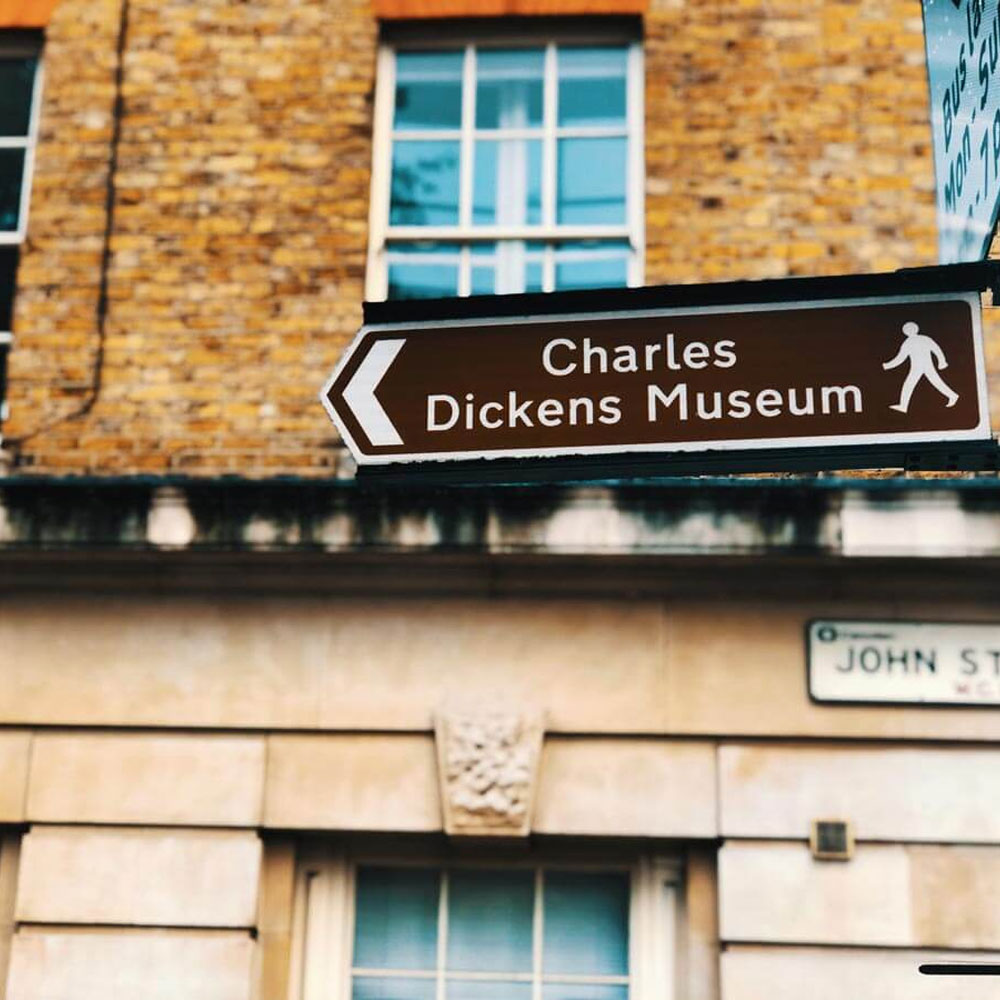
Sir John Soane’s Museum
MAP | CENTRAL LONDON, HOLBORN
Sir John Soane’s Museum was formerly the home of neo-classical architect John Soane. A true gem in the center of London, it is a remarkable spot that houses a vast body of art, sculptures, ancient artifacts, and historical documents – all in a setting of unparalleled, captivating beauty.
The eclectic collection of artifacts is inspiringly curated and displayed, with a wide range of works by Turner and Canaletto to Egyptian antiquities. One of the highlights of the museum is the collection of Hogarth paintings.
Open Wed-Sun, 10am–5pm (last entry 4:30pm), FREE
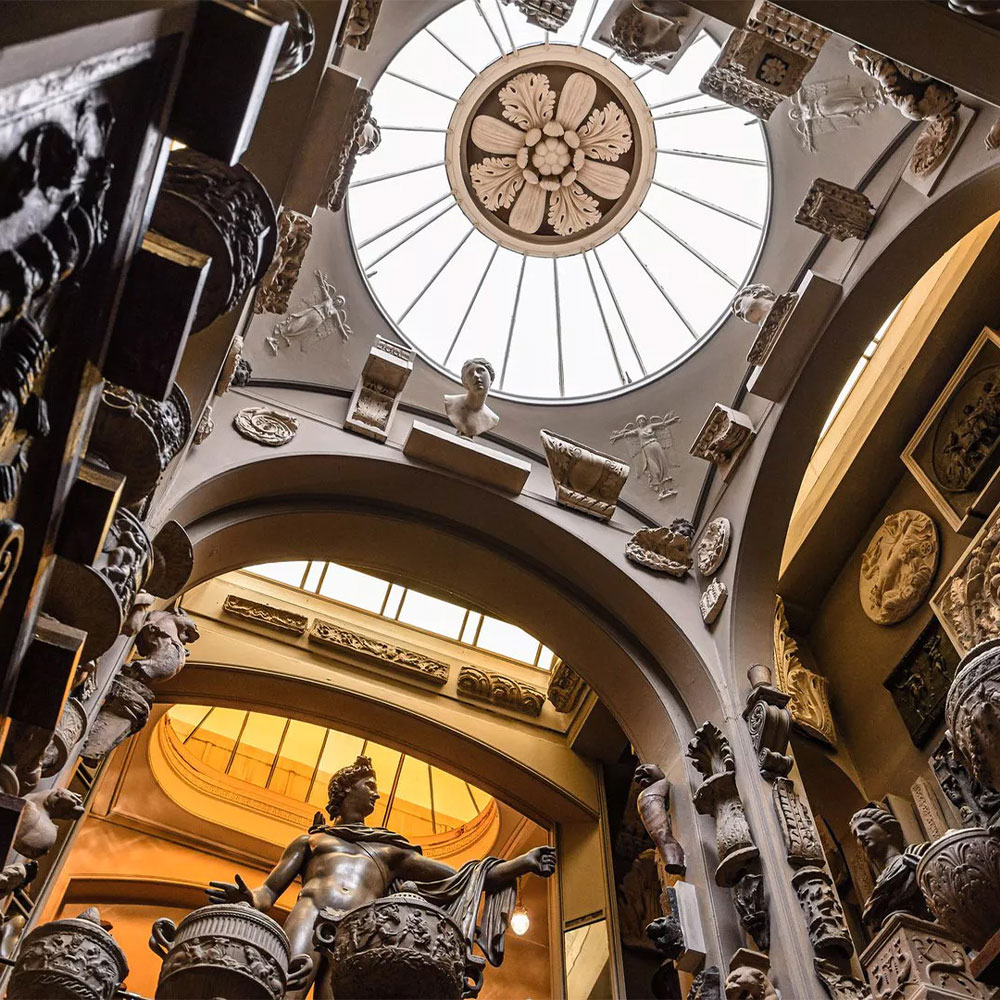
Dr. Johnson’s House
MAP | CENTRAL LONDON, CITY OF LONDON
Dr Johnson’s House is a rare 17th – century town house just off Fleet Street in the City of London, and home to Samuel Johnson for over a decade in the middle of the 18th century. It was here he had his most prolific writing period, completing his seminal Dictionary of the English Language (1755) as well as writing a play, a novel, periodicals and poetry.
A remarkable example of a Queen Anne townhouse, it contains a wealth of original architectural features, including 18th-century floorboards, a central spiral stairwell, and rare, original ‘moving’ paneled walls on the open-plan first floor.
Open Tues-Sat, 11am–5pm (last entry 4:30pm), ADMISSION FEE
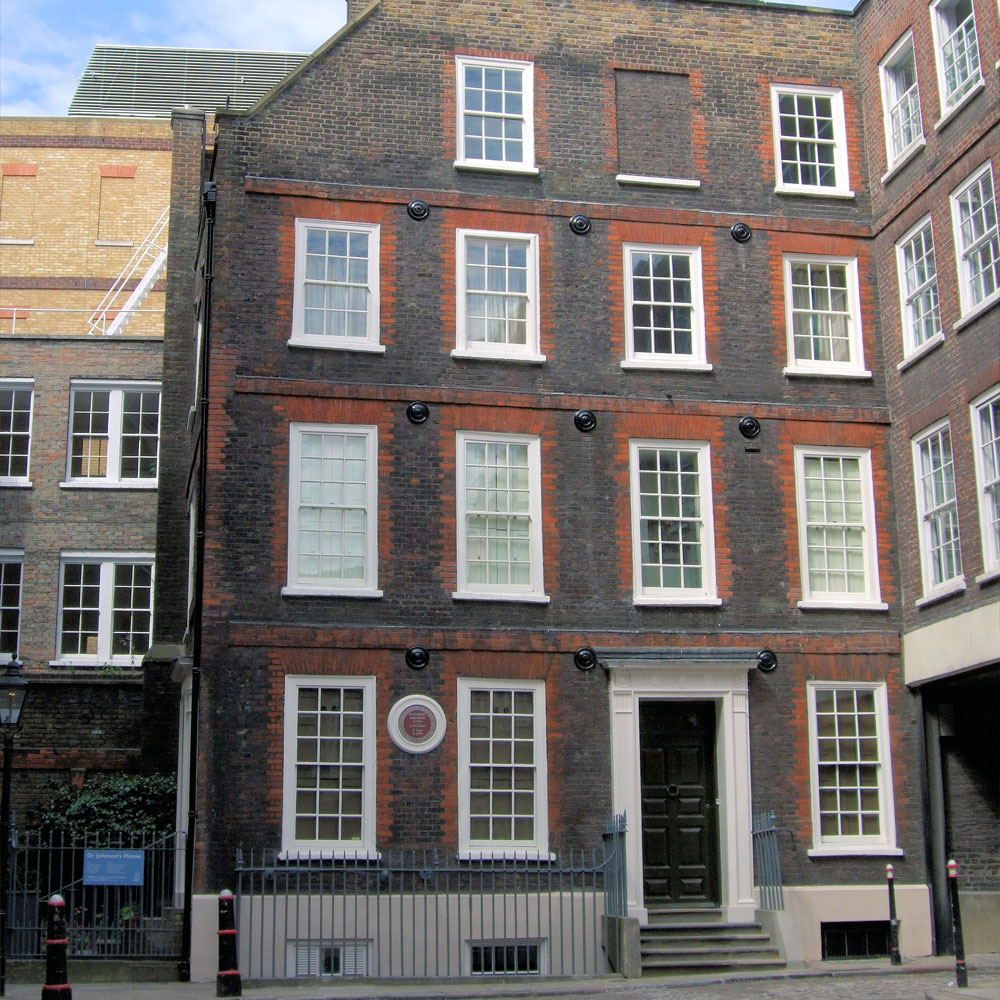
EAST LONDON
Dennis Severs’ House
MAP | EAST LONDON, SPITALFIELDS
More an immersive experience than a museum. Explore the astonishing interiors of this beautiful home as if the 18th-century residents, a family of Huguenot silk weavers, have just left the room. Some tours take place by candlelight!
Each room is a ‘still life drama’, with each detail intentionally placed to evoke traces of the Jervis family, with half-eaten scones, cups of tea and crackling fires. Quiet sounds of 18th century London accompany you with church bells, clopping hooves, footsteps on the creaking wooden floors, or the faint sound of conversations that remain tantalizingly just out of reach.
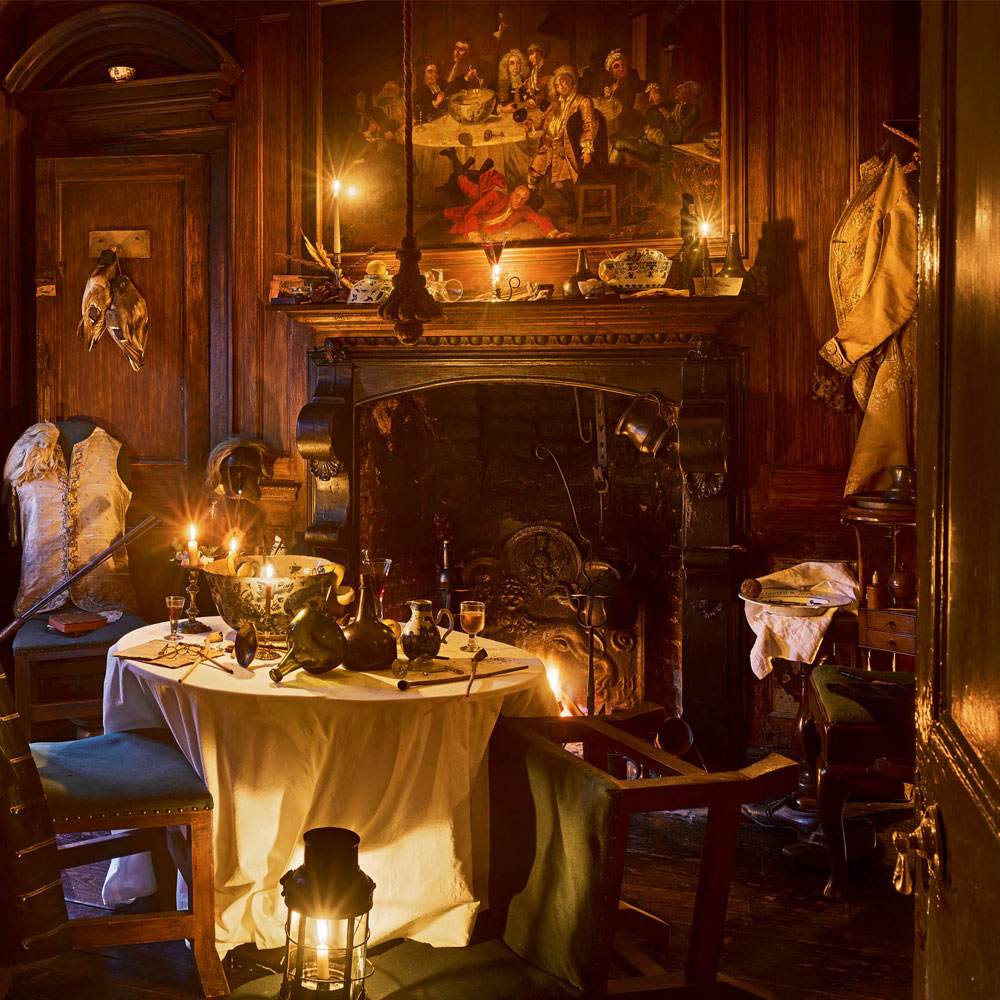
Geffrye Museum
MAP | EAST LONDON
The Museum of the Home, formerly the Geffrye Museum, is a free museum housed in an 18th-century Grade I-listed former almshouse.
The museum explores home and home life from 1600 to the present day with galleries which ask questions about ‘home’, present diverse lived experiences, and examine the psychological and emotional relationships people have with the idea of “home” alongside a series of period room displays.
Open Daily, 10am–5pm, FREE
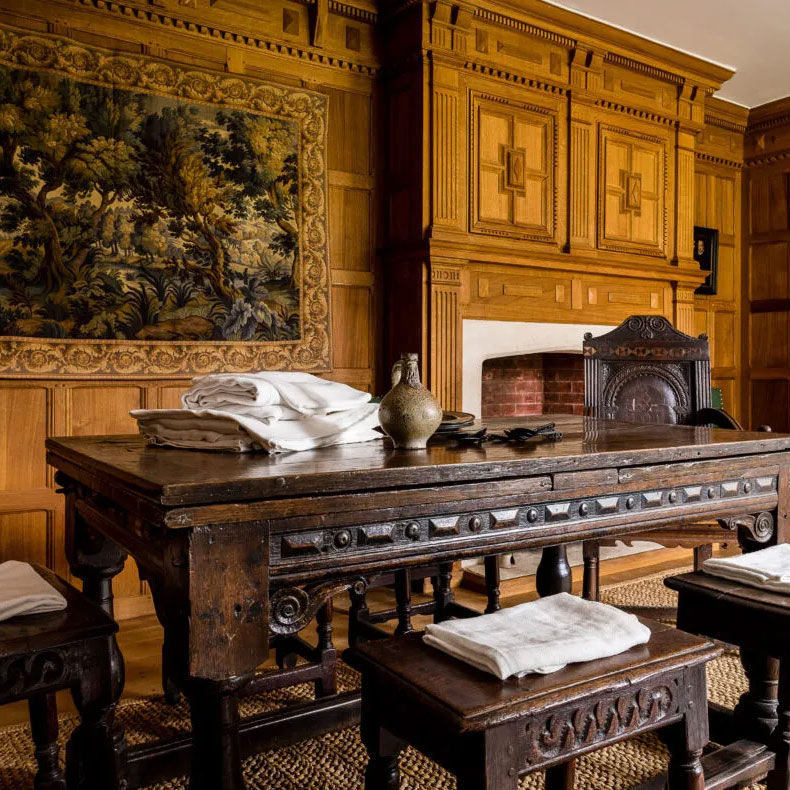
V&A Museum of Childhood
MAP | EAST LONDON, BETHNAL GREEN
Primarily aimed at children, the V&A Museum of Childhood in London’s Bethnal Green houses the Victoria and Albert Museum’s collection of childhood-related objects and artifacts.
If you are a dollhouse freak like me, then you’ll love their collection. Imaginatively displayed in street form, you can walk between the houses, set at varying heights, some with interactive elements too.
Open Daily, 10am–5:45pm, FREE
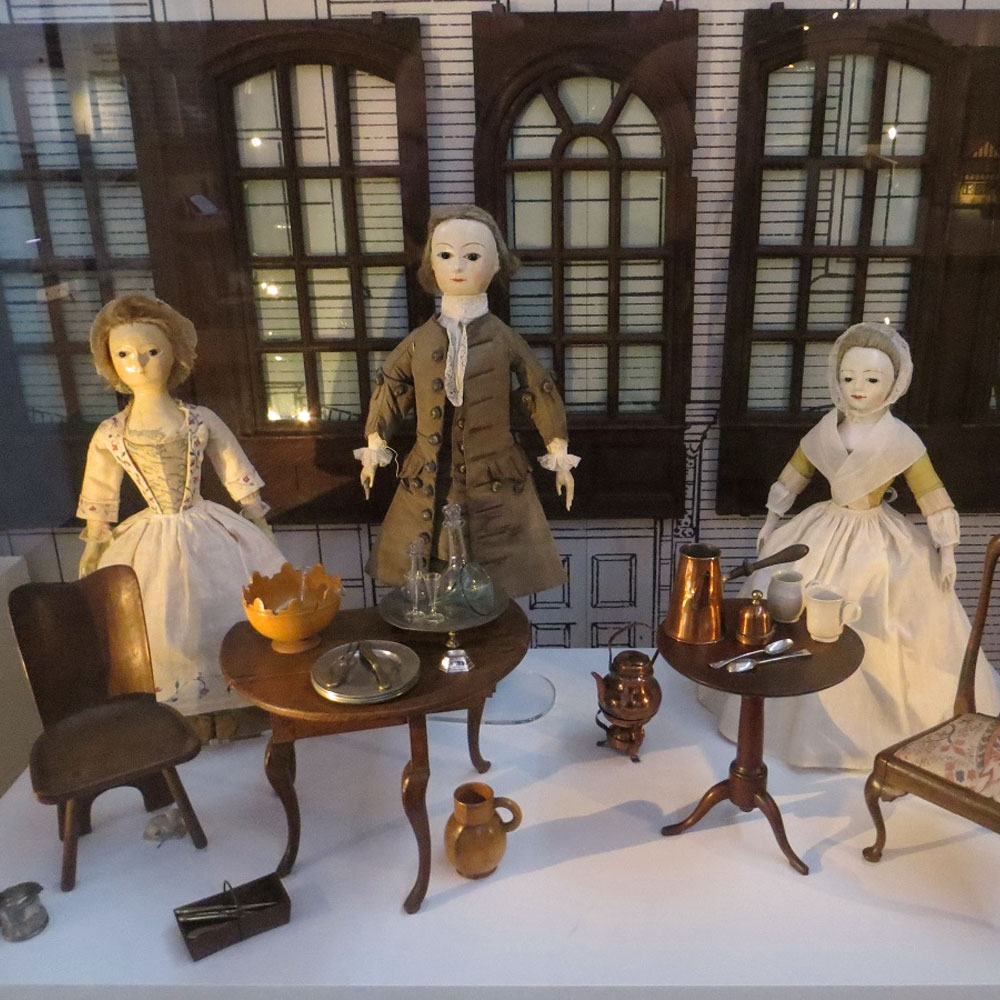
GREENWICH & DULWICH
Queen’s House
MAP | SOUTHEAST LONDON, GREENWICH
The exquisite Queen’s House is a former royal residence which now serves as a public art gallery. Designed by no other than Inigo Jones, the house was commissioned by both Anne and Henrietta as a retreat and place to display and enjoy the artworks they had accumulated and commissioned.
It was Jones’s first major commission after returning from his 1613–1615 grand tour and although it diverges from the mathematical constraints of Palladio, Jones is often credited with the introduction of Palladianism with the construction of the Queen’s House.
Open Daily, 10am–5pm, FREE
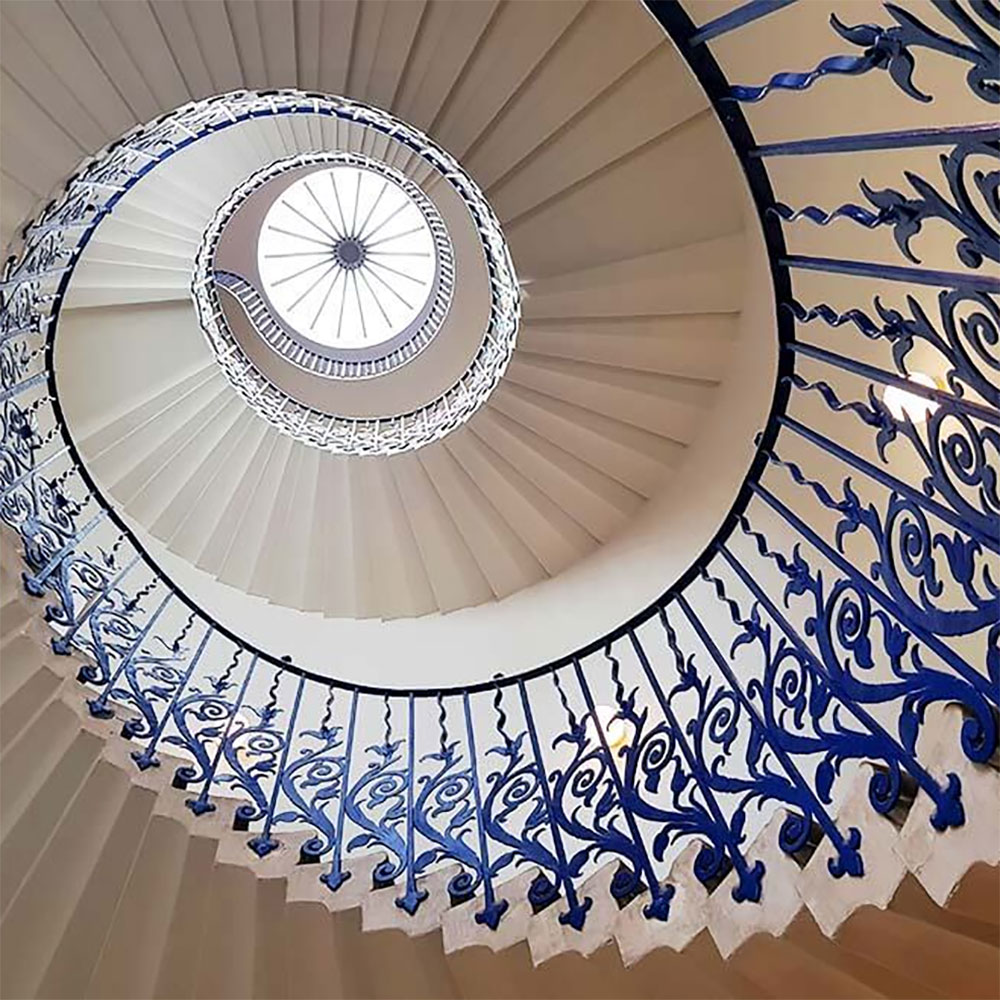
The Fan Museum
MAP | SOUTHEAST LONDON, GREENWICH
The Fan Museum is the world’s first museum dedicated to the preservation and display of hand fans. Located within two beautiful Georgian homes, the museum encompasses more than 1,000 years of fan history & culture and over 7,000 objects.
Along with the museum, there is an orangery decorated with murals, a Japanese-style garden with a fan-shaped parterre, a pond, and a stream. And you can a wonderful, affordable tea!
Open Tues-Sat, 11am–5pm, ADMISSION FEE
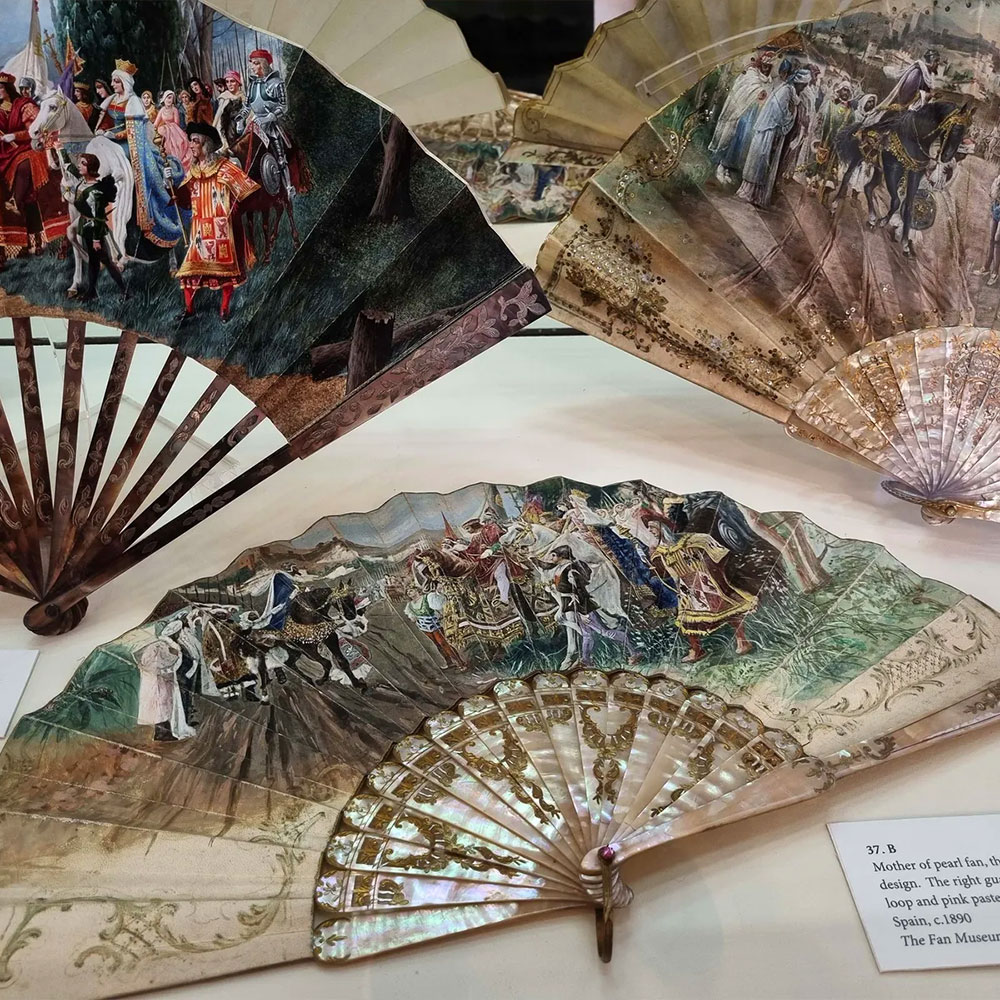
Eltham Palace
MAP | SOUTHEAST LONDON, GREENWICH
Discover a dazzling art deco mansion, explore Eltham’s medieval palace, enjoy the glorious gardens, learn about the life of the Courtaulds.
The hammerbeam roof of the great hall is the third-largest of its type in England, and the Art Deco interior of the house has been described as a “masterpiece of modern design”.
Open Daily, 10am–5pm, ADMISSION FEE
